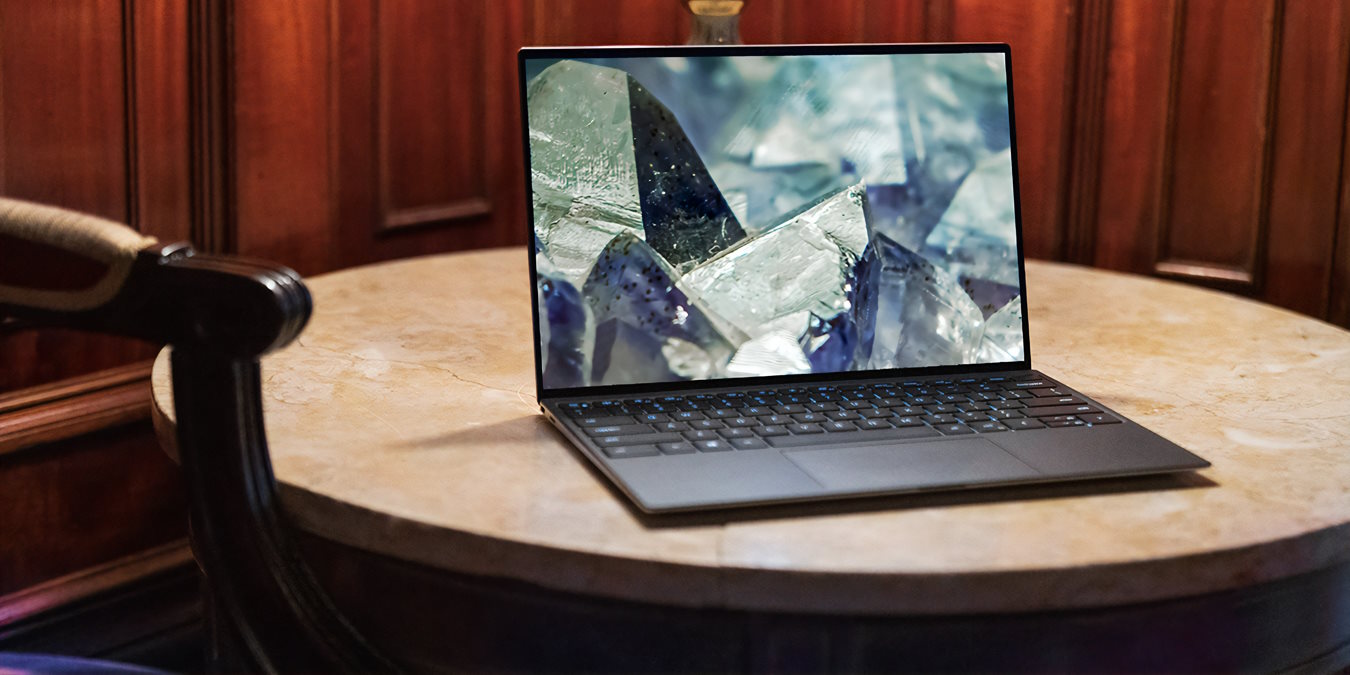How to Reset Windows Update Components to Fix a Problematic Update

Not all Windows updates download perfectly. Sometimes an update can cause your PC to behave worse than it did before you updated it. Other times, when downloading an update, you may experience a stuck update or get an error telling you that the download cannot continue. While many things can cause these problems, one of the biggest is corrupt Windows Update components. This tutorial shows how to reset them to fix a problematic update.
Good to know: if a recent Windows update has been causing issues on your PC, check out the latest Windows update problems and solutions.
Before You Reset Windows Update Components
Resetting Windows Updates components manually is a meticulous process. Try some generic fixes before resetting the components.
- Run the Windows Update troubleshooter – represents a quick way to resolve issues with updates on your PC. Running the Windows Update Troubleshooter will diagnose Windows Update problems and fix them. (It will also automatically reset the Windows Update components.)
- Scan for system problems – performing SFC and DISM scans should be the next step to fix any corrupted, damaged, or missing system files that cause update problems.
- Create a System Restore point – with the many steps to resetting Windows Update components, you can easily make a mistake. If you do, and your computer starts acting up, you need to have some way to revert the changes. We recommend learning how to create and use a system restore point.
Tip: seeing Windows update error 0x80245006 as you’re trying to upgrade from Windows 10 to 11? Learn what to do to get rid of it.
1. Stop the Required Windows Update Services
Consider this the first step to resetting the Windows Update components: stop the services that are integral to the Windows Update process.
Namely, we are stopping the following services:
- Background Intelligent Transfer Service (BITS): when it comes to updates on Windows, this service is responsible for optimizing the download process through the proper allocation of bandwidth and other resources.
- Windows Update Service (wuauserv): automates the process of downloading updates on Windows. Whenever you see an update downloading automatically, Windows Update Service is taking action. (It is just one of its tasks, though.)
- Cryptographic service (cryptsvc): verifies that each update you download on Windows satisfies Microsoft’s verification and integrity requirements.
- Windows Installer (msiserver): another name for the Windows Installer, which is integral to installing updates and patches on Windows.
We are stopping the above-mentioned services in PowerShell, but you can also use Command Prompt, if that is what you prefer.
- Click on the Search box in the taskbar, type “PowerShell,” and when “Windows PowerShell” shows up in the search results, click “Run as administrator.”
Note: keep PowerShell open even after stopping the services, as we need it throughout this guide.
- In PowerShell, run the below commands one by one, making sure to press Enter after each one:
net stop bits net stop wuauserv net stop cryptsvc net stop msiserver

- After you run each command, you’ll see a message stating that the Windows service has stopped successfully.
FYI: get up to speed with these useful PowerShell commands you should know!
2. Rename the SoftwareDistribution and catroot2 Folders
The SoftwareDistrubition folder stores temporary data associated with Windows updates, such as files, history, and other cached data. The catroot2 folder stores files used to verify system files, some of which are important to the Windows update process.
Renaming these folders is a way to reset the update cache on Windows. This helps to clear out any corrupted files that could be causing the Windows Update components to misbehave.
- To rename the SoftwareDistribution folder, enter the below command in PowerShell, and hit the Enter key:
Ren %systemroot%\SoftwareDistribution SoftwareDistribution.old

- To rename the “catroot2” folder, enter the below command in PowerShell and hit the Enter key:
Ren %systemroot%\system32\catroot2 catroot2.old

3. Restart Windows Update Services
Remember those services you stopped in the first step? It is time to restart them now that you’ve reset the Windows Update components.
- Run the below commands one by one, making sure to press Enter after each one:
net start bits net start wuauserv net start cryptsvc net start msiserver

- Each step resets different Windows Update components. Check to see whether this fixes the problems you’re having with the update.
- If all else fails, you may have to reset your Windows computer to factory defaults to solve the issue.
Tip: caught in an infinite Windows reboot loop? Not to worry, as we have a list of solutions for you.
Frequently Asked Questions
How do I check the update history on Windows?
Head to “Settings -> Windows Update -> Update History” on Windows 11. On Windows 10, head to “Update & Security -> Windows Update -> View update history.”
Can I stop Windows updates?
Normally, you shouldn’t stop Windows updates because of the performance and security improvements they provide. But if you find that it’s interrupting your user experience, then yes, there are several ways to stop updates on Windows.
Image credit: Unsplash. All screenshots by Chifundo Kasiya.
Subscribe to our newsletter!
Our latest tutorials delivered straight to your inbox




